Are you in need of new baking pans? Or wondering why your pans don’t get the results you want? These tips for how to choose baking pans will help!

How to Choose Baking Pans
As bakers, our baking pans are just as important as any ingredient we use or any skill we have. Using good quality baking pans will go a long way in making your baked goods the best they can be!
If you’re in the market for some new pans, then there are several things to consider to make the best choice for your baking needs.
Baking Pan Materials: Metal, Glass, and More
The material used to make the pan is a big consideration when choosing a baking pan. With metal, glass, silicone, and more options, it’s easy to feel overwhelmed. Keep these things in mind to make choosing simpler.
Generally speaking, most metal baking pans are made of aluminum. Aluminum is durable and conducts heat well and evenly, making it a great choice for baking pans.
Aluminized steel is also an option, as is anodized aluminum. These tend to be thicker, more expensive pans. I’ve used both and like each of them for different reasons and purposes. Aluminized steel offers some non-stick protection, and anodized aluminum is nonreactive with acidic batters (think lemons and buttermilk).
Glass behaves very differently from metal. It doesn’t do a great job of conducting heat, so the glass itself gets plenty hot without transferring that heat as well to whatever’s inside the pan. Glass also holds onto heat more than an aluminum pan, so that’s why something like brownies baked in a glass pan will often have over-baked edges. In general, glass pans will take longer to get things baked thoroughly. It’s also often a good idea to lower the baking temperature by about 25°F when using glass pans to try to avoid over-baked edges
Silicone pans also aren’t great at conducting heat. If you’ve ever baked cookies on a silicone mat, you’ll likely know that the bottoms of the cookies don’t brown as much as if they had been baked directly on the pan. Now imagine that multiplied and surrounding your batters and doughs. If you bake with silicone pans, plan on adding some baking time to get your baked goods thoroughly baked.
Stoneware is tricky. Different ones have different consistencies and materials, so you’re likely to get inconsistent results from one pan to another.
Unless otherwise specified, a metal pan is what I use for all the baking recipes I share here on BoB. If you do bake in some other type of pan, be aware that will likely affect the outcome.
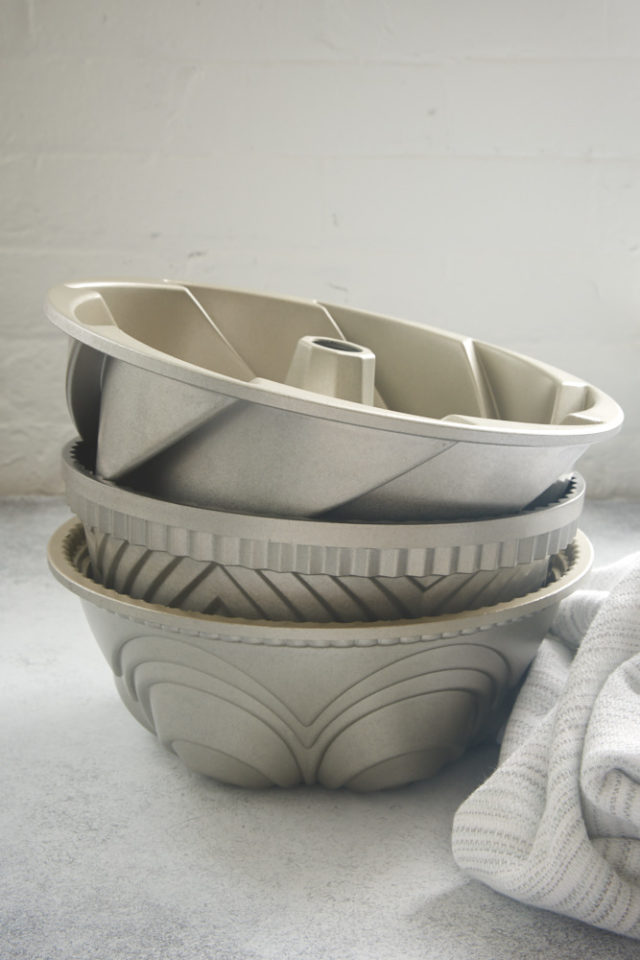
Baking Pan Thickness: Single and Multi-Layer
Picking the right thickness of baking pan usually comes down to preference. Thin, single layer pans have the benefit of being quite inexpensive and light, but they aren’t very durable and don’t always conduct heat evenly.
Thicker, multi-layer pans are more expensive, but they are certainly more durable. Plus, you’ll get more consistent results from using them.
Insulated pans are just what you’d think. They supply some insulation to the pan via specialized layers, meaning it takes longer to bake whatever is on it. This might be preferable in specific cases, but they likely aren’t a great choice for everyday baking.
Ultimately, I believe that paying a little extra for a thicker, more solid pan is worth it in the long run because it won’t have to be replaced as quickly and it will give the best results.
Baking Pan Finishes: Non-Stick or Not
This is really all about preference. Non-stick pans help keep baked goods from sticking and also make cleanup easier, but there are definitely differences in how durable various finishes are.
Pans without a non-stick finish will require a bit more effort to help ensure that your baked goods don’t stick. If you use parchment paper to line your pans, then you don’t really need a non-stick finish.

Baking Pan Colors: Light vs Dark
If you only take away one thing from all of this, let it be this: Don’t use dark pans.
You were likely taught in elementary school science class that dark colors absorb heat more than light colors. That absolutely applies to baking pans. Pans with a dark-colored finish will bake the outside edges and the bottom faster, leaving the center under-baked. If you bake until the center is finished, then you’ve got over-baked edges.
Light-colored pans, on the other hand, offer more even baking so that your baked goods are thoroughly baked. I truly believe that you’ll be far happier with the results of using light pans versus their dark counterparts.
For pans that aren’t really light or dark, you may not need to make much adjustment if you don’t mind a slightly darker crust (for cakes, bars, etc.) or darker bottoms (for cookies). Shaving a few minutes off the baking time may suffice.
If you have really dark pans that you aren’t ready to replace, try lowering the oven temperature by about 25°F and keep an eye on what you’re baking when it still lacks several minutes. It will likely take some experimenting to figure out what works best with your favorite recipes.
Baking Pan Shapes: Angles and Depth
Shape is a factor for round, square, rectangular, and other size pans that are used to bake cakes, brownies, and more. Be sure to consider the shape of the sides of the pan. If those sides are slanted, then your baked goods will be, too.
For instance, a layer cake made with pans with slanted sides will not stack as well, be tougher to frost, and look a bit lopsided. But using pans with straight sides will give you a more aesthetically pleasing result that will also stack better and prove to be more sturdy.
As part of the shape of the pan, also consider the height of its sides. A baking sheet will have about a 1-inch rim. Other baking pans will have varying heights. Be sure to check the recipe you’re using to see if it specifies the required pan’s height. For most uses, a 2-inch height will work when you’re baking things like cakes and brownies. Pie recipes should specify if you need a deep-dish pan. Cheesecakes, some cakes, and (of course) Bundt cakes will have different requirements.
You can find some of my favorite basic baking pans in my Amazon storefront.
More Baking Tips
Bake or Break is a participant in the Amazon Services LLC Associates Program, an affiliate advertising program designed to provide a means for us to earn fees by linking to Amazon.com and affiliated sites.

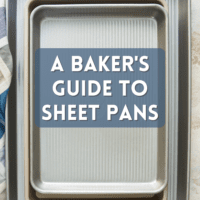
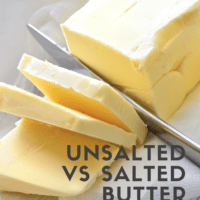
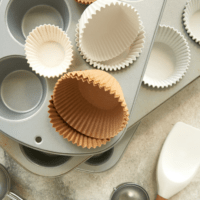
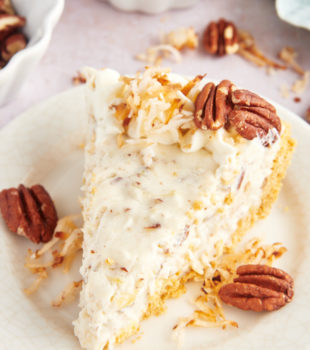

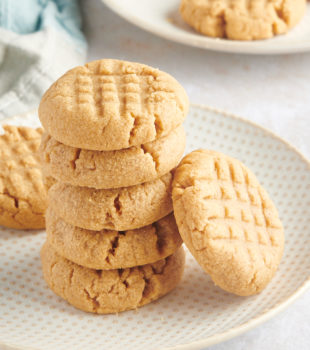


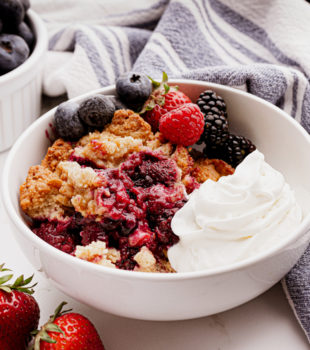
2 Comments on “How to Choose Baking Pans”
Can I use a 11×17 sheet pan in place of 18×23
You’d likely need to scale the recipe, as there’s a significant difference in the volume capacities of the two pans.